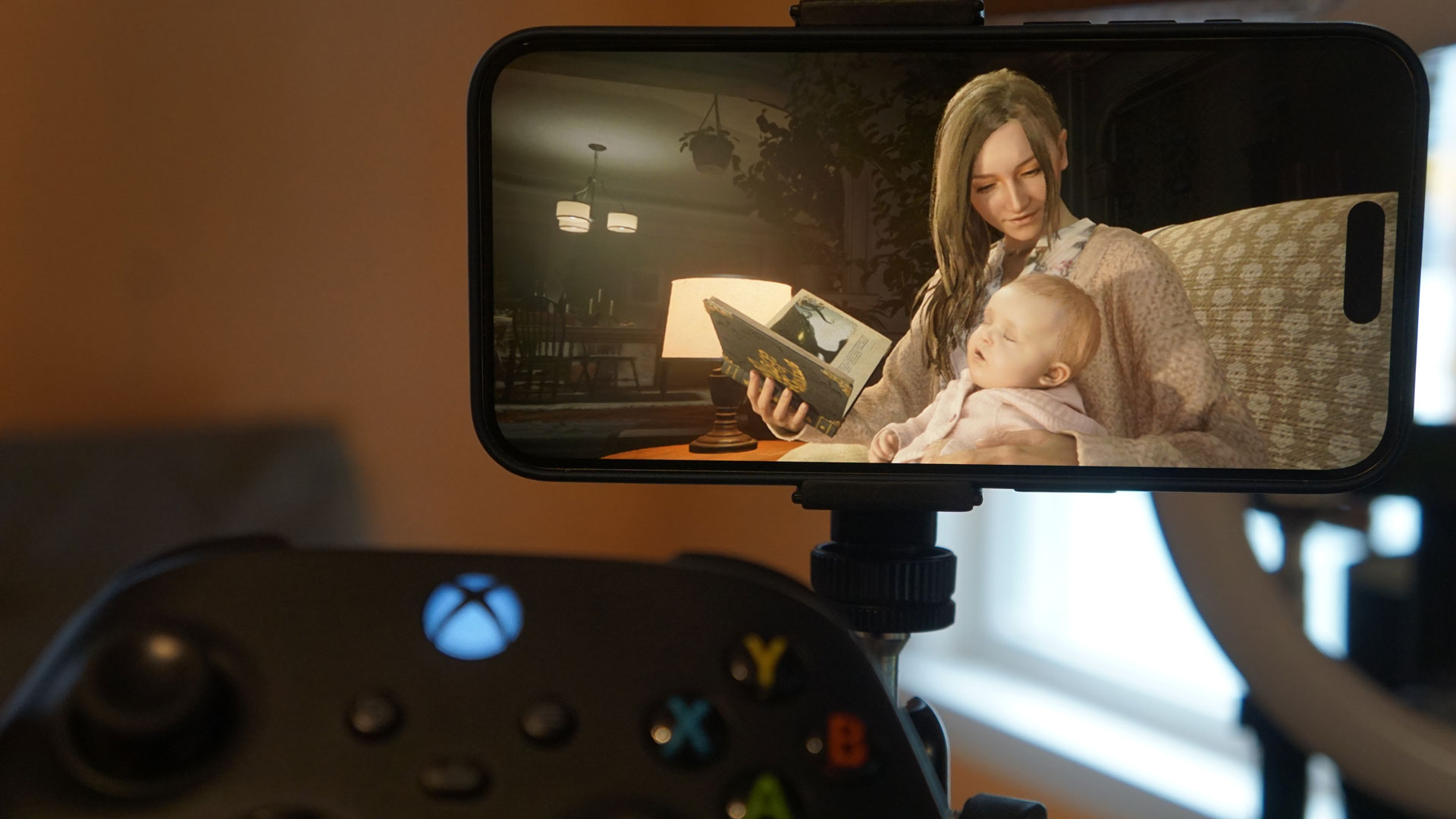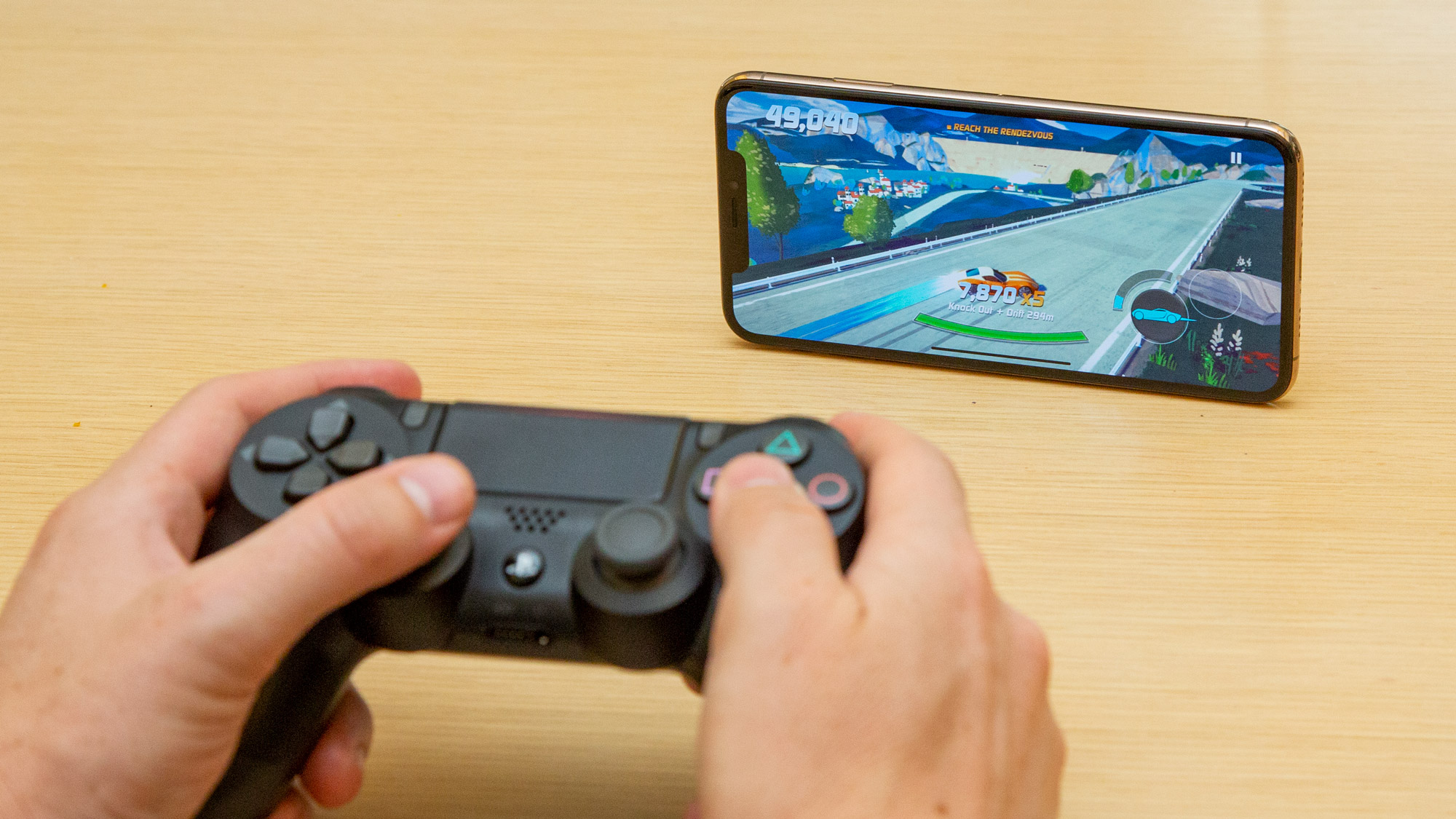
I am totally unsurprised that demand for triple-A games on iPhones and iPads reportedly isn’t high and could be considered commercial failures, according to data from Appfigures via MobileGamer.biz.
Despite Apple having worked on getting Death Standing, Assassin’s Creed Mirage, and Resident Evil 7 ported over from last- and current-generation consoles onto the A17 Pro-powered iPhone 15 Pro and iPhone 15 Pro Max, and the iPads sporting M-series chips, these games have hardly been smash hits. Appfigures’ data shows that by downloads and revenue, these triple-A titles pale compared to simpler native mobile games based around free-to-play models.
Now, I’m a technology journalist, not a developer or business strategist, but I could have predicted this from a country mile away.
I think it’s genuinely impressive that a slim iPhone can run modern console games – albeit not at maximum graphics – that would normally require a dedicated pseudo rectangle of gaming hardware to work. It shows that Apple can produce impressive in-house chips that set a high bar for performance and graphics processing, even for the likes of Qualcomm and its flagship Snapdragon Gen 8 chip to chase.
A time and a place
However, even as someone who enjoys games – I have a PS5, Xbox Series X, and a stupidly powerful PC – I remain unconvinced by console-quality gaming on smartphones or tablets.
The first issue is these triple-A games tend to need a controller or controller accessory to play, and that’s not only an extra cost – whether you’re buying a clip to hold a phone to, an Xbox Wireless Controller, or getting something like the Razer Kishi – it’s also an extra level of faff. At home, I can simply turn to one of the dedicated game consoles. When commuting, the last thing I want to do is try to connect a controller to my phone while being jostled by other people.
Furthermore, if I want a proper handheld gaming experience, I’m more likely to reach for the Nintendo Switch or Valve’s Steam Deck – the latter keeps impressing me with what it can run.
And the second point is smartphones are already bastions of casual and simple gaming. In general, I use my iPhone or iPad to play simple games that are easily controlled via a touchscreen and often one-hand; Plants vs Zombies, FLT: Faster Than Light, and Bleak Sword come to mind.

If I game while traveling or commuting, I tend to stick to games that are easy to use and immerse me with a setting or task rather than the need for finely tuned actions or to move and look at the same time. That way if someone needs me to move out of my seat while using the facilities on an airplane, my gaming flow isn’t hugely impacted.
Just looking around at people on my commutes from East London into the city center, I’ll see people playing games on their phones, only these won’t be console-quality titles but the likes of Candy Crush Saga.
Equally, games like Call of Duty Mobile offer frenetic action and the need to use a virtual controller, but they have been built for native phone use and optimized for mobile platforms rather than being ports. They also offer quick bouts of fun rather than a lengthy campaign one needs to commit to.
Furthermore, Apple may be tackling gaming from two disparate sides. While the latest Pro iPhones can run ports of select triple-A games, Apple Arcade offers bespoke games predominantly designed for mobile use that can’t be found on other platforms. If I were going to do any dedicated gaming on my iPhone or iPad, I’d choose Arcade titles over ports or even native mobile games that cross both iOS and Android.
Playing the longer game
Doesn't this all mean I think Apple shouldn’t bother with triple-A game ports for iOS and iPadOS? No, not at all.
Apple has the money to afford to build out a mobile gaming ecosystem that offers both high-end and less-demanding games in terms of graphics, complexity, and composition. And while the A17 Pro is limited to just two iPhone 15 models right now, the chip’s power will surely bleed into future iPhones, namely the iPhone 16.
That should broaden the number of people with access to phones that can run these console ports, thus opening up the scope for triple-A gaming on smartphones.
I doubt it would transform mobile gaming as a whole. However, it could grow a niche of users who might not need to rely on the best gaming phones for a high-quality mobile gaming experience.
Ultimately, I feel triple-A gaming on the iPhone 15 Pro and 15 Pro Max was more of a tech demo for Apple to show off the power of the A17 Pro. There’s debate on whether such power is needed in a phone, but at least it somewhat futureproofs the iPhones.
And I find it intriguing what Apple could do next with gaming; all that power could produce some truly smart Apple Arcade games, for example, ones that look stunning but are built natively for smartphones.







